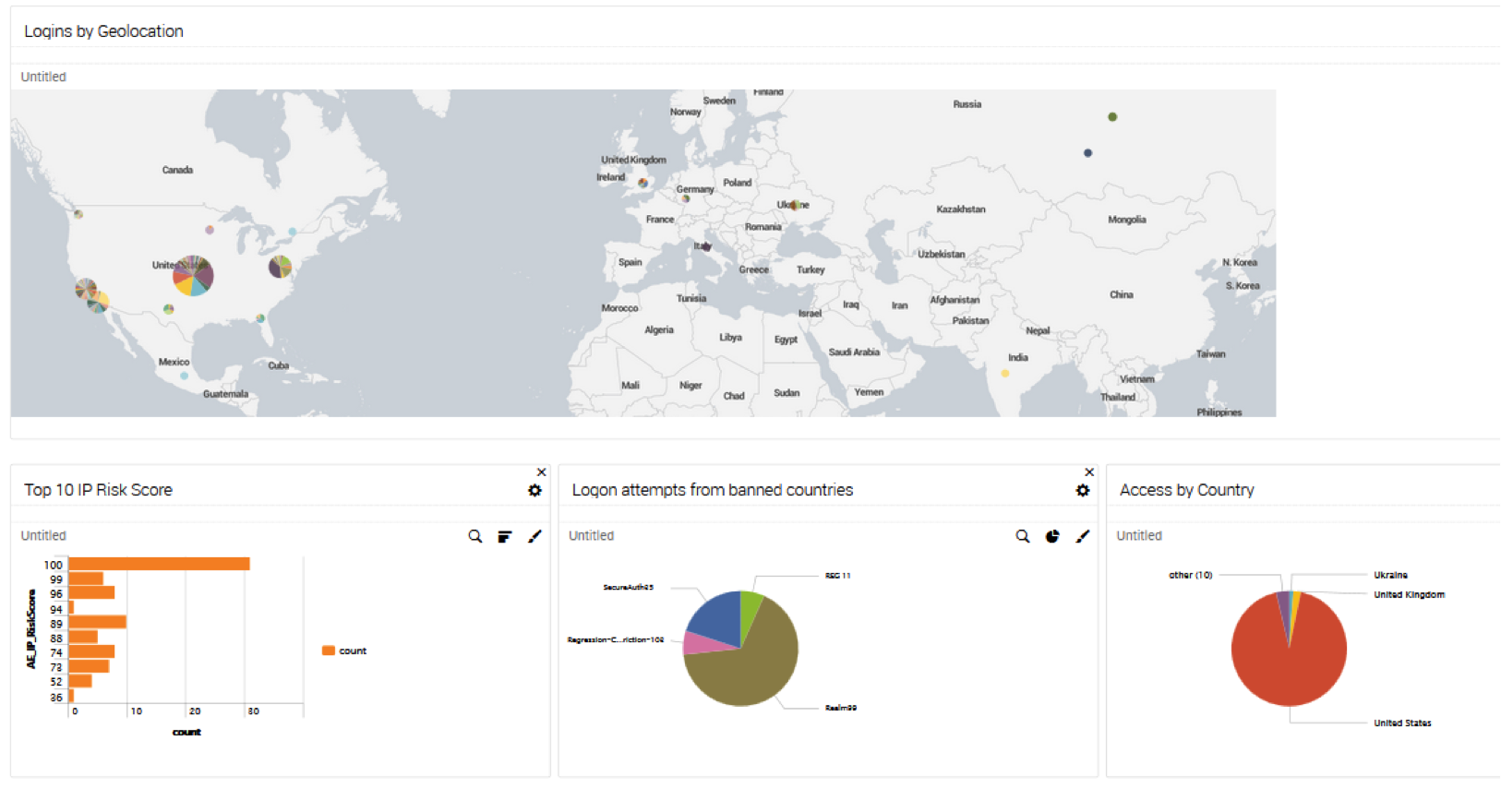

The input source is the section of the configuration where we define from which source the logs will be taken the filter section of configuration is for transforming the data, and the output is the destination to where we want to send the logs. The Logstash configuration contains three parts: the input source, the filter, and the output destination. Logstash supports a variety of data sources and one of them can be the files. Once the exported data is on disk, they can be imported into the Elasticsearch using Logstash configuration. Here’s an example that exports all events from a particular index to the local disk on path $SPLUNK_HOME/var/run/splunk/dispatch//dump/, with the file name defined in parameter basefilename: index=bigdata | dump basefilename=export_data Importing Data into Elasticsearch Where the basefilename parameter is required, and the other parameters are optional. Source=*splunkd_access.log*)" -output json -maxout 0 > /path/export_data_1.log Exporting Data Using Dump Commandįor Splunk Enterprise deployment, exported search results can be saved on a local disk with the dump command: dump basefilename= Source=*splunkd.log* OR source=*license_usage.log* OR
Splunk logs query download#
Here’s an example using the CLI to download all the events for a typed query as a parameter: splunk search "(index=* OR index=_*) (index=_internal source=*scheduler.log* OR source=*metrics.log* OR Where the maxout 0 is for an unlimited number of events, and output defines the format of the output. The CLI can be used in this format: splunk search -maxout 0 -output > The Command Line Interface (CLI) can be used inside a script as part of your whole automated migration workflow. Note: If you use the Web UI and the export result is large, go to Settings > Server Settings> General Settings, and increase the session timeout setting in the Splunk Web section. Next, in the Save dialog box, select the path where the data file will be saved in your storage. We will leave a blank field for the number of results in order to receive all results. It’s also easy to ingest via Logstash because the JSON property will be used during indexing where each property is marked as a searchable field. For this example, we will use a JSON format because it’s easier to read when it’s opened in a text editor to manually validate the data.

The supported file formats are CSV, XML, and JSON. Specify the required file format, file name, and number of results, then click the Export button. Then click the Export icon to display the Export Results dialog box. The query will search through the indexes containing the logs from this source files: metrics.log, splunkd.log, license_usage.log, splunkd_access.log and scheduler.log. In the search text box, type a search query for the logs you want export.

One of the easiest ways to export data from Splunk is using the Web UI.
Splunk logs query how to#
In this section, we will describe different methods for exporting data from Splunk and how to use Logstash to import the data into Elasticsearch. One of the first challenges users face (especially those who have been using Splunk for years) is how to export and where to store data. This brings us back to the topic of this article: how to migrate from Splunk to ELK. This, combined with the enormous amounts of data collected and stored, makes the actual process of switching between services highly complex, and leads, especially in cases of enterprise services, to vendor lock-in. A few years back ELK was a niche product, but interest is growing as the product matures, as is prevalence of use, as shown in the graph below.Īnother consideration is that businesses are aspiring to be more flexible. And here Splunk enjoys the reputation of being the “de facto Google of log searches.” But this is changing as well. Of course, the cost is important, but the quality of service is also a matter of grave concern. In ELK, on the other hand, you’re limited only by your own storage meaning, you don’t pay for every log. Splunk’s “pay by log data volume” use model, however, where costs can add up quickly, encourages exactly the opposite. Therefore, it’s important to collect as much data as possible.

Partner Amplification - Logz.io® Achieves AWS Security Competency.Introducing Multiple Shipping Tokens for Logz.io Accounts.Driving Innovation Aligned with the AWS Security Competency Re-launch.


 0 kommentar(er)
0 kommentar(er)
